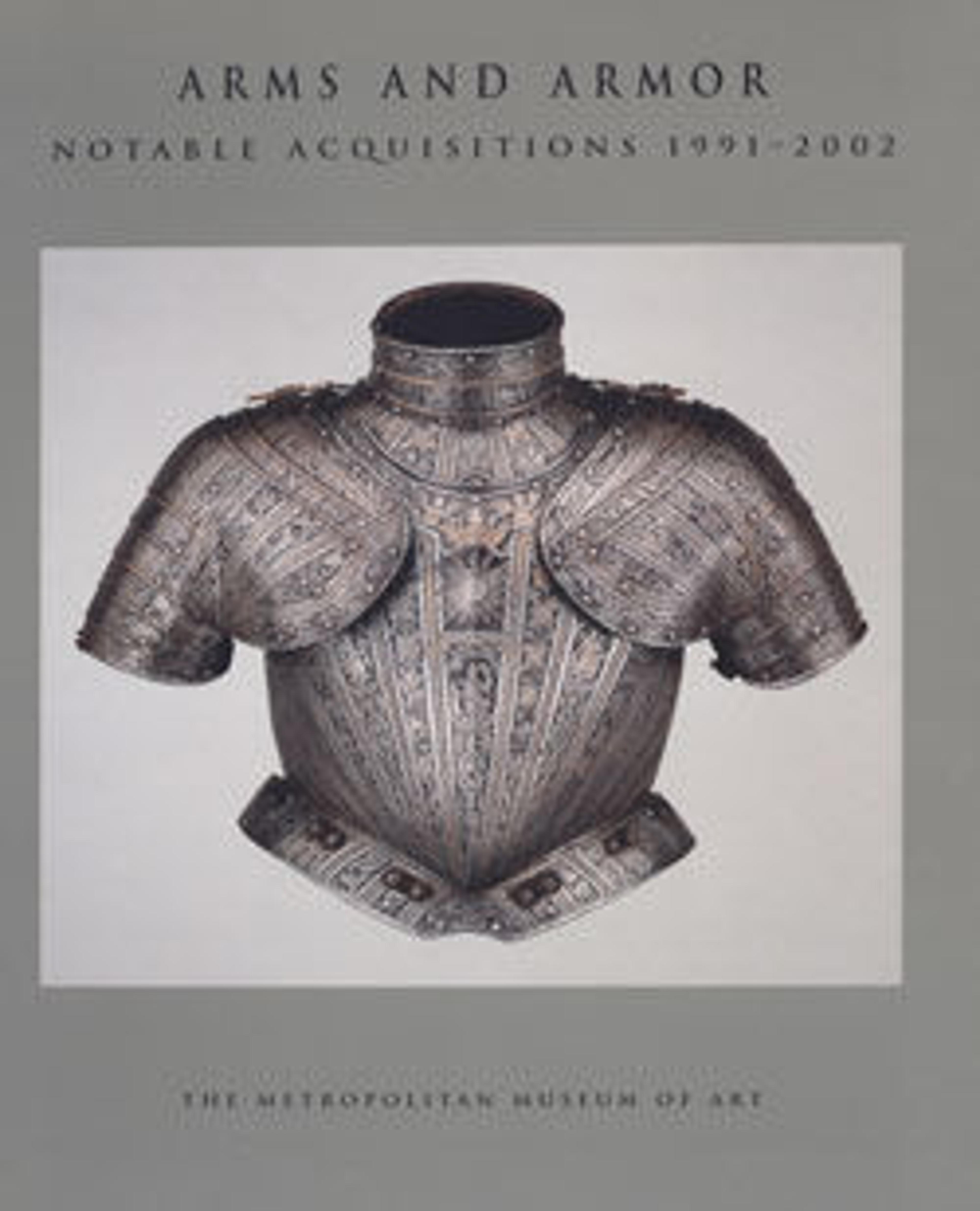Snaphaunce Hunting Rifle
This rifle exemplifies the diverse influences shaping firearms design in eighteenth-century Sweden. Its slender proportions and small-caliber barrel are modeled after the Silesian Tschinke rifle; the prominent cheek stock is typically German, as is the use of inset brass decoration, yet the flat-faced lock copies French models. The lock mechanism, however, is unmistakably Swedish, as the snaphaunce lock was favored in Scandinavia over the wheellock and flintlock commonly used on the Continent. A gunstocker by trade, Jonas Schertiger the Younger was a member of the Stockholm cabinetmakers' guild. His name and the date of manufacture are prominently engraved on the brass inlay on the cheek stock. A blank escutcheon surmounted by a royal crown on the sideplate suggests that this gun was intended for the hunting cabinet of King Frederick I of Sweden (reigned 1720–51).
Artwork Details
- Title:Snaphaunce Hunting Rifle
- Stock maker:Signed by Jonas Schertiger the Younger (Swedish, active 1715–died 1748)
- Date:dated 1722
- Geography:Stockholm
- Culture:Swedish, Stockholm
- Medium:Steel, wood (walnut), brass, horn
- Dimensions:L. 43 3/8 in. (117.8 cm)
- Classification:Firearms
- Credit Line:Purchase, Gifts of Prince Albrecht Radziwill and Charles M. Schott Jr., by exchange, and Rogers Fund, 1997
- Object Number:1997.356
- Curatorial Department: Arms and Armor
More Artwork
Research Resources
The Met provides unparalleled resources for research and welcomes an international community of students and scholars. The Met's Open Access API is where creators and researchers can connect to the The Met collection. Open Access data and public domain images are available for unrestricted commercial and noncommercial use without permission or fee.
To request images under copyright and other restrictions, please use this Image Request form.
Feedback
We continue to research and examine historical and cultural context for objects in The Met collection. If you have comments or questions about this object record, please contact us using the form below. The Museum looks forward to receiving your comments.
